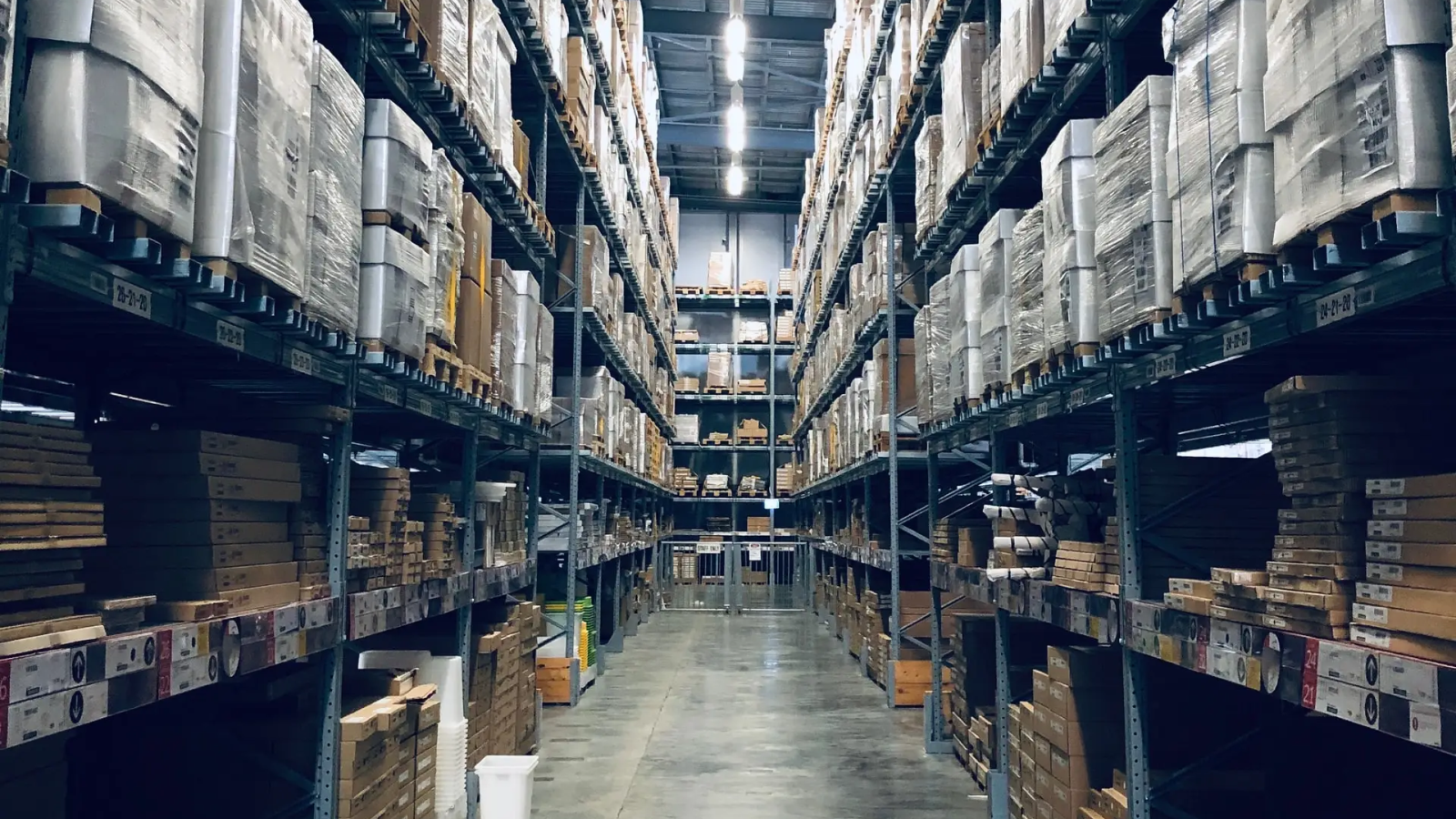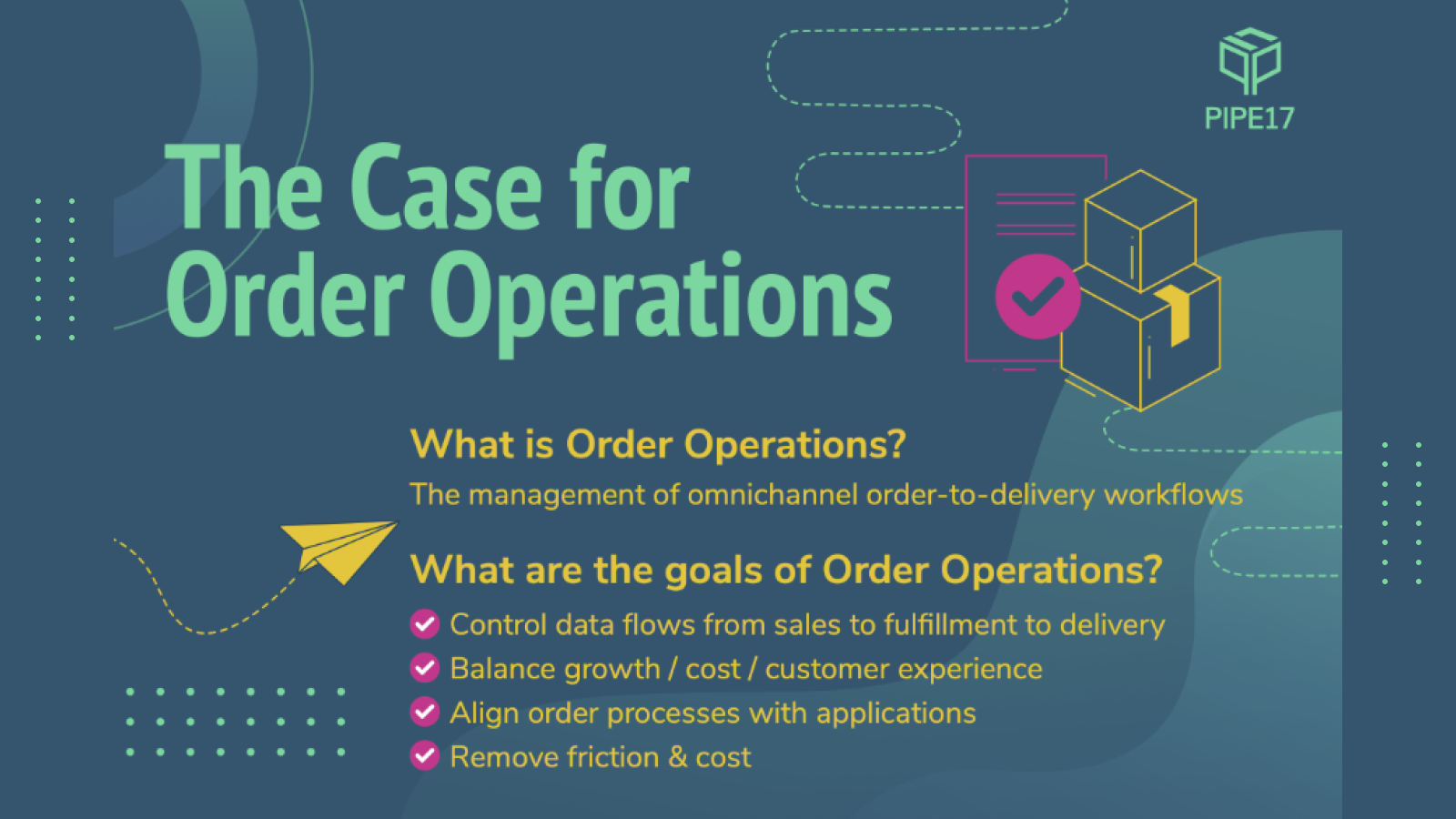eCommerce return operations are an increasingly important component of a successful eCommerce business. That’s a given for international sellers who must comply with EU regulations for returns. However, U.S. sellers are beginning to fall in line as well. With eCommerce giants like Amazon enforcing return policies, customers now expect to be able to make returns.
In fact, one Klarna study showed 78% of shoppers look for return policies and are hesitant to make purchases without them, emphasizing the impact of return policies on conversion. That’s especially true in niche industries like fashion, where issues such as poor fit and sizing play a large part in customer satisfaction. Having a return policy in place can boost sales, with brands like InTheStyle experiencing both a 37% increase in sales and a 47% increase in shopping cart value after pairing free returns with a buy-now/pay-later policy.
Of course, returns aren’t always beneficial. Returns raise costs, can result in fraud, and places added demand on your store’s logistics. Someone has to handle customer service, process the package, inspect it, and decide whether to return it to inventory or not, then refund the customer or ship them a new product. Without a third-party logistics partner in place to handle those returns, it can also be an expensive process. Any decision to accept returns should be based on prospective increases in sales and return on value.
Returns vs. warranties
Many eCommerce stores choose to use warranties rather than returns. Here, you offer to replace parts or the entire product in case of factory defects or abnormal damage. These types of policies provide customers with replacement products if theirs is defective. However, it doesn’t resolve potential “buyer’s remorse,” where customers might make a purchase and then realize it doesn’t fit, it isn’t what they wanted, etc.
Return policies, meanwhile, tend to offer compensation for other reasons, for example, poor fit, the product isn’t what they wanted, expectations were not met, etc. While return policies usually allow customers to request cash back, some restrict returns to exchanges, store credit, or free replacements. These can reduce fraud, but they won’t yield the same uptick in conversions as simply allowing customers to request cash back.
Should you have a return policy?
If your brand is considering a return policy, it’s important to establish what it should involve and why. Ask yourself these questions to help you get to the best answer for your business, and build a process that works for you.
1) Can you take on the financial commitment?
Return policies can result in considerable costs for many brands. Some statistics estimate 30%–40% of retail items purchased online are returned. In fact, returns cost eCommerce sellers over a trillion dollars every year. That will quickly eat into your overhead.
However, you can offset it with higher turnover and conversions. It’s important to do the math to assess what your likely increase in sales would be. If you don’t have that data, consider running small beta tests where you accept returns for one to two weeks and process everything manually.
This gives you helpful insight as to the effects of returns on your business (hopefully during non-peak sales periods).
2) Who will pay for postage?
Postage is one of the largest costs of returns, which is why many retailers ask customers to shoulder the burden. Unfortunately, that can backfire by reducing the appeal of the returns policy.
If you can’t take on the full cost of returns yourself, asking customers to pay return shipping can help. However, it will lower customer satisfaction.
3) Should you require item returns?
Do you need customers to send items back before you process returns for defective items? If so, are you incurring extra costs to ship items to warehouses so they can be inspected? Or, are you saving money by preventing prospective fraud?
Some retailers request photo and video documentation of defective products. Others prefer to have the item returned so they can inspect it personally. Both incur different types of costs, so it may be a good idea to make the decision based on how easy it is to identify defects (e.g., require returns for electronics unless they’re physically damaged).
4) What will you do about custom items?
If you offer custom items, offering returns can be difficult. You might have to choose between replacing a custom item with a generic one or incurring additional costs to make a new, custom item.
The latter will always result in higher customer satisfaction. However, it will also bring extra costs. Some retailers also offer refunds only on returned custom items, for example, in case the backlog is full and it would take too long to make a new item.
5) To resell or not to resell?
Decide if you want to resell returned products or not. In most cases, this will cause significant disruption to your inventory management. For this reason, it may be smart to set returned products aside to fulfill warranties rather than adding them back to your inventory.
6) What kind of return labels should you use?
If you’re accepting returns, it’s always a good idea to offer return labels to the customer. You can wait until the customer requests a return, then send them a prepaid return label and wait for the product to come back.
Many 3PL providers also offer return labels that aren’t billed until they’re used, so you automatically include a return label with every shipment.
That can go sideways if you want to track all incoming returns manually — but it does reduce the burden on your customer service team.
7) Should you rely on your 3PL to handle returns?
Many merchants want to use their existing fulfillment partners as one-stop-shops to handle all of their logistics, including initial delivery as well as returns and reverse logistics. This is certainly the easier option if you aren’t worried about cost or waste, but it isn’t necessarily the right answer for all businesses.
Sometimes, you may want to handle returns in-house, especially if you’re using them for your warranty program where you use returned items for “parts” to fix any items sent in for repairs. By getting the items back to your own warehouses, you can inspect them internally, use your experts to take them apart, and reuse what you can to reduce waste.
8) Can your customer service handle the added work?
Accepting returns can make or break your customer service experience. However, if you currently have customers contacting your organization over broken, damaged, or failed products, you won’t see an increase in demand for customer service — just for happier customers.
On the other hand, if most product returns end up being about improper fit or not meeting expectations, demand on customer service will escalate.
You can minimize this by sending return labels in the box, setting up automatic return submission forms, and ensuring self-service is available to customers wherever possible.
9) How should you structure your return policy?
If you opt to take returns, you have to decide when customers can send returns and for what reasons. For example, do you only accept damaged items? Can customers return products for no reason? Can buyers exchange products if they don’t fit?
Your return policy should reflect your store: For example, fashion businesses would benefit much more from a shorter return policy (e.g., two weeks) with returns allowed for any reason. Customers have to act quickly to return the product, but they can do so easily.
For larger items like electronics or furniture, you may want to restrict returns to a warranty policy of replacement in case of damage, but with a longer timeframe.
Always ensure you know why the customer is making the return so you can both track reasons for returns and handle the exchanges appropriately.
Making your return policy financially viable
Accepting returns is expensive no matter what policies you implement. But, taking steps to reduce the cost of those returns can make the process more financially viable. For example:
- In which scenarios does it make sense for your brand to accept returns? The larger and heavier your product, the less likely it is you want to accept returns for no reason.
- Who pays for shipping? Can you balance the cost of return shipping with customer satisfaction by driving repeat sales? Do you have a sales funnel in place to ensure this happens?
- Can you balance the cost of return shipping for damaged products with the cost of fraud? Which is higher?
It’s also important that customers don’t receive a refund until you’ve received the product back. On the other hand, you could accept photo and video proof when products are visibly damaged, which will reduce the cost of returns. However, it also increases the risk of fraud. Matching all customer accounts to returns gives you an overview of returns, which can help you catch and prevent repeat offenders practicing fraudulent returns.
Lastly, it’s important to assess whether returned products should go back into inventory at all. Adding an item back into inventory can incur extra costs, which can be higher than losing the product. It’s often a good idea to keep returned products in a separate storage area, and then utilize them for warranties or replacement parts. That prevents the need to pull partial products from new-in-stock items, while reducing logistics challenges for returns. Of course, if you have a large volume of returns for products like t-shirts, that might not be the case.
Wrapping up — How to structure your eCommerce returns operations
Ultimately, accepting returns can foster trust for new customers. It also increases customer satisfaction for existing buyers. In both cases, it raises the chance of an order, which could boost sales enough to offset higher costs. However, the amount largely depends on order volume, return rate, and cost of shipping.






